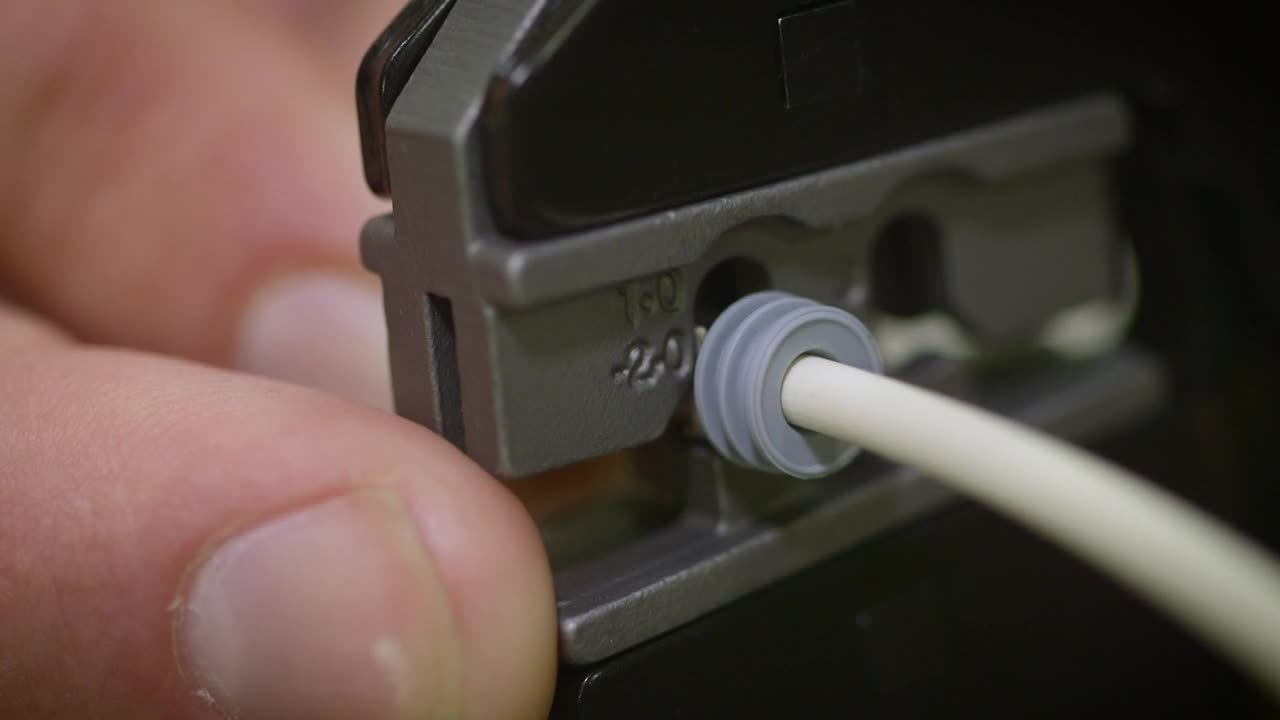Even if you don’t perform electrical work, you already know the serious harm electricity can cause if you don’t use the proper safety precautions. According to the National Fire Protection Association, 739 U.S. workers died from electricity exposure between 2012 and 2016. Of those fatalities, 47 percent occurred in construction and extraction occupations and 22 percent in installation, maintenance and repair occupations. In that same time frame 9,760 U.S. workers were injured in electrical accidents.
The danger of injury through electrical shock is possible whenever electrical power is present. When a person’s body completes a circuit and thus connects a power source with the ground, an electrical burn or injury is imminent. Most fatal injuries result from high-voltage exposure; however, people can sustain severe injuries from low-voltage power if it has a high current flow.
Knowing the basics of electrical safety can help protect you and your workers from serious injury or death. However, it also helps to have the right tools for your job and to know proper crimping techniques. Doing electrical work correctly goes a long way toward preventing accidents.
General Electrical Safety
Even if you don’t do electrical work, you can encounter electrical hazards at your workplace or even in your home. Follow these guidelines for general electrical safety:- Do not remove the prongs of an electrical plug. Replace the entire plug if prongs are loose, missing or bent.
- If a prong breaks off inside an outlet, do not attempt to remove it yourself. Call an electrician for assistance.
- Do not use an adapter or extension cord to defeat a standard grounding device.
- Use extension cords only when necessary and on a temporary basis. Do not use extension cords in place of permanent wiring.
- Use extension cords that are the correct size or rating for the equipment in use. The diameter of the extension cord should be the same or greater than the cord of the equipment in use.
- Do not run electrical cords above ceiling tiles or through walls.
- Avoid plugging more than one appliance in each outlet. If multiple appliances are necessary, use an approved power strip with surge protection and a circuit breaker.
- Discard damaged cords, cords that become hot or cords with exposed wiring.
- Never unplug a tool or appliance by pulling on the cord. Pull on the plug.
- Ensure that outlets are firmly mounted. Report loose outlets to maintenance staff.
- Keep electrical equipment away from water unless the appliance is designed for use around water.
If you perform electrical work, follow these additional guidelines for safety:
- Unplug electrical equipment before performing any maintenance or repairs.
- Use ground-fault circuit interrupters (GFCIs) whenever possible. A GFCI detects grounding problems and shuts electricity off to prevent a possible accident.
- Follow lockout/tagout procedures as appropriate. A lockout is the placement of a lock on an energy-isolating device that prevents workers from operating a piece of equipment. A tagout is the placement of a tag on an energy-isolating device that provides a prominent warning of a lockout.
Proper Crimping, Terminal Selection and Tools
Because of speed, cost, reliability and repeatability, crimping is by far the most common type of wire connection made today. A proper crimp is the key element of an overall wire termination. And it is often overlooked. Proper terminal selection, application and crimping are critical factors to the safety, performance and reliability of an electrical connection.
Let’s start with crimpers. Yes, you need one to make correct crimps. Do not use other tooling! If crimping is done incorrectly, there could be air pockets in the crimp connection that retain moisture or, at a minimum, allow it to collect. The moisture causes corrosion, causing resistance, which can result in heat and loss of conductivity.

As with any hand tool, crimpers fall into a broad range of quality and cost. Generally, you get what you pay for. To ensure a good crimp, invest in a quality crimper.
As for terminals, it’s important to choose the right one for your application and wire size you’re using. In general:
- Ring terminals are for vibration and ground applications.
- Spade (fork) terminals are for static (non-vibration) applications.
- Splices are used to join wires together.
- Quick slides allow for fast connection and disconnection without tools.
Once you have your terminal, you need to strip the wire to the proper length. At least 1/32” of wire should be protruding from the end of the terminal barrel.
Next, use the right crimper for your application. Most crimp tools are marked with colors and numbers to identify proper pockets so you can make the correct crimp for your terminal and wire size.
Wires
The quality of wire used in maintenance operations can be as critical as the quality of the terminals and connectors. There are two basic types of primary wire, and they are significantly different in quality. Cross-Link primary wire is higher quality than the standard PVC primary wire because it offers superior resistance to weather and chemicals, withstands a wider temperature range and holds up better to abrasion.Understanding basic electrical safety, selecting the right tools and equipment, and knowing how to make a proper crimp can go a long way toward protecting your workplace and your equipment from catastrophe. If you want to take a deeper dive into this topic, Kimball Midwest offers electrical safety seminars. Interested? 

.png?width=131&height=58&name=image%20(40).png)
